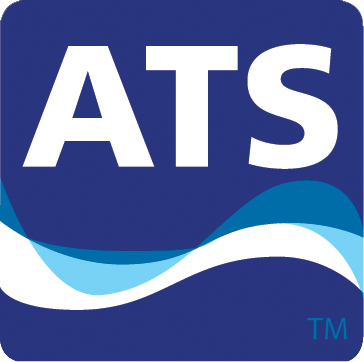The ANSI standards for safety showers can be found in ANSI Z358.1 2009 Revision. In the United States, OSHA refers to these important standards when reviewing safety shower compliance. Many other governments, around the world, do the same. Below you will find a short list of the most important standards.
- Safety Shower valves must open in 1 second or less and must remain open until manually closed.
- A Safety Shower must deliver 20 gallons per minute for a minimum of 15 minutes.
- Safety Showers must be located within 10 seconds (55 feet) of any potential chemical accident.
- Access must be unobstructed – Eyewash is not considered an obstruction to a Safety Shower, locked doors are.
- Safety Showers must be located on the same plane as the hazard.
- Safety Showers must provide Potable Water.
- Safety Showers must provide the required spray pattern – See Diagram
- Shower Spray pressure must be non-injurious to the user.
The 2009 revision of ANSI Z358.1, added two important standards to which compliance is critical.
- Water provided for treatment in Safety Showers must be in the “tepid” temperature range. This temperature range has been defined by ANSI as between 60°F and 100°F (15.6°C and 37.8°C).
Colder temperatures are known to present an obstacle to use, since many accident victims may find less than 60°F temperatures too cold to tolerate for a continuous 15-minute period. Often, with cold water drenches, the accident victim will enter the shower with the intention of staying the required 15 minutes and finds some immediate pain relief, only to be unable to tolerate the cold temperature. Usually the victim quickly exits the shower and then tries again when the pain from the chemical burn becomes too intense to bear. This procedure is often repeated a number of times resulting in a very inadequate first aid treatment.
Also, lengthy exposure of the human body to full-body drenching temperatures of less than 60°F, can lead to hypothermia. According to the Mayo Clinic, “Hypothermia is a medical emergency that occurs when your body loses heat faster than it can produce heat, causing a dangerously low body temperature. Normal body temperature is around 98.6 F (37 C). Hypothermia (hi-po-THUR-me-uh) occurs as your body temperature passes below 95 F (35 C). When your body temperature drops, your heart, nervous system and other organs can’t work correctly. Left untreated, hypothermia can eventually lead to complete failure of your heart and respiratory system and to death. Hypothermia is most often caused by exposure to cold weather or immersion in a cold body of water.”
Water over 100°F can cause damage to sensitive eye tissues and, in some cases, can accelerate corrosive chemical interaction with skin and membranes.
- The second key standard added to ANSI Z358.1 in the 2009 revision is the requirement that the safety shower and the eyewash operate within spec simultaneously.
